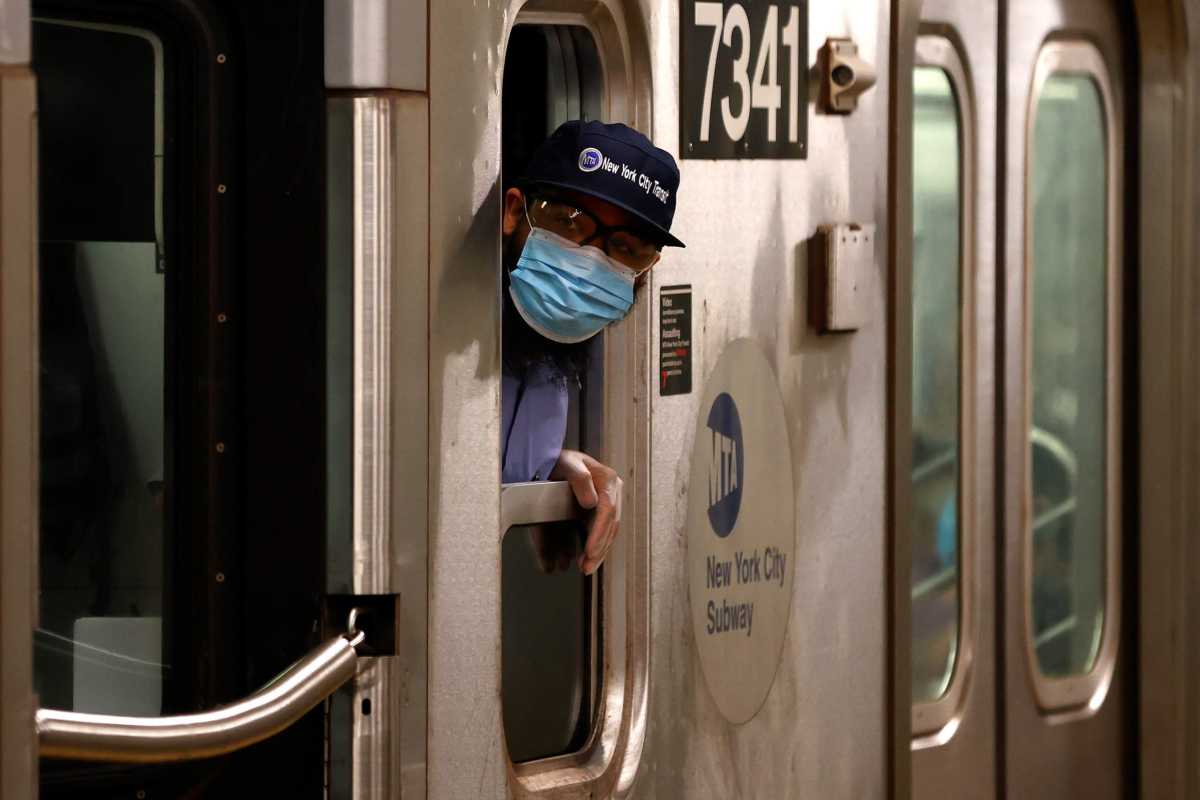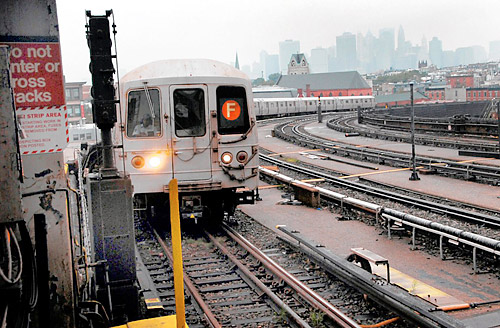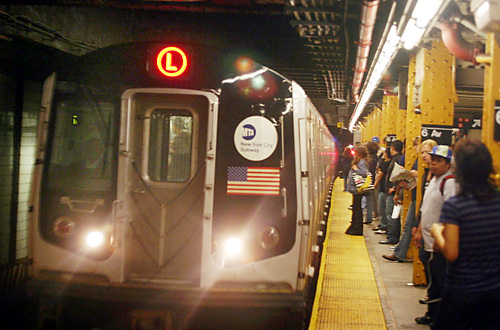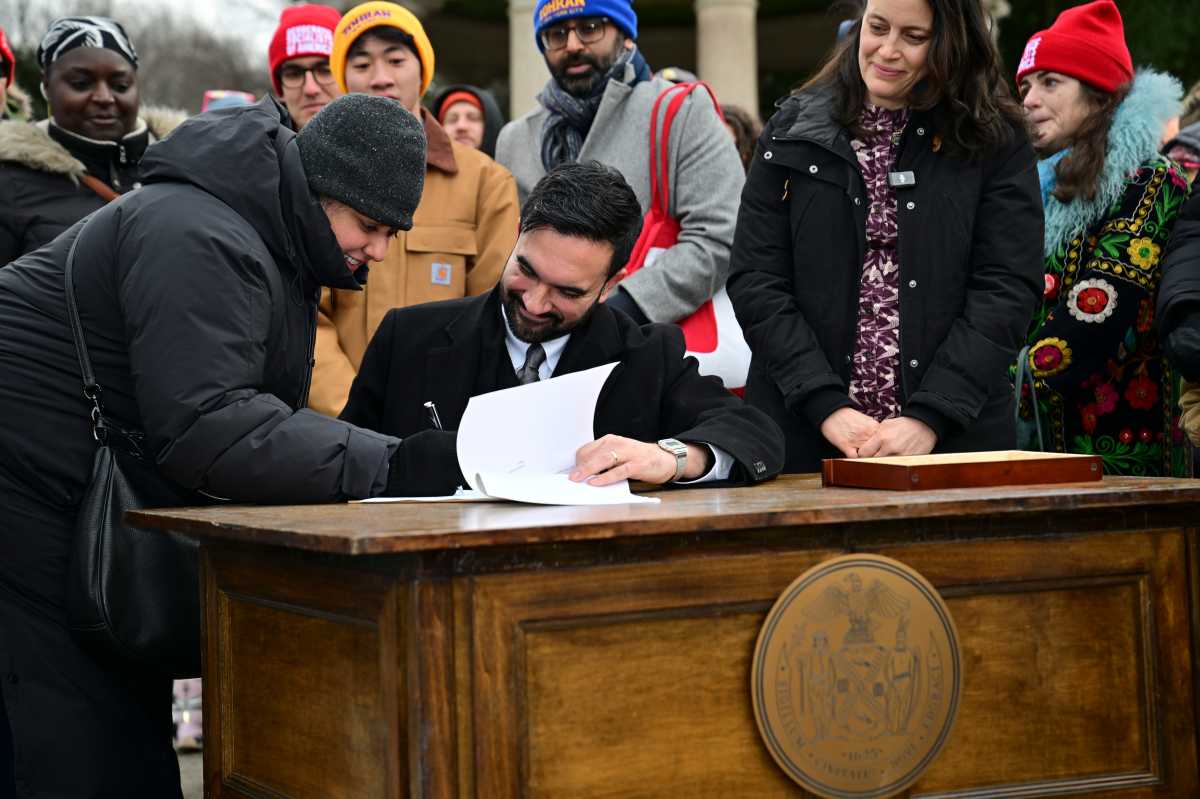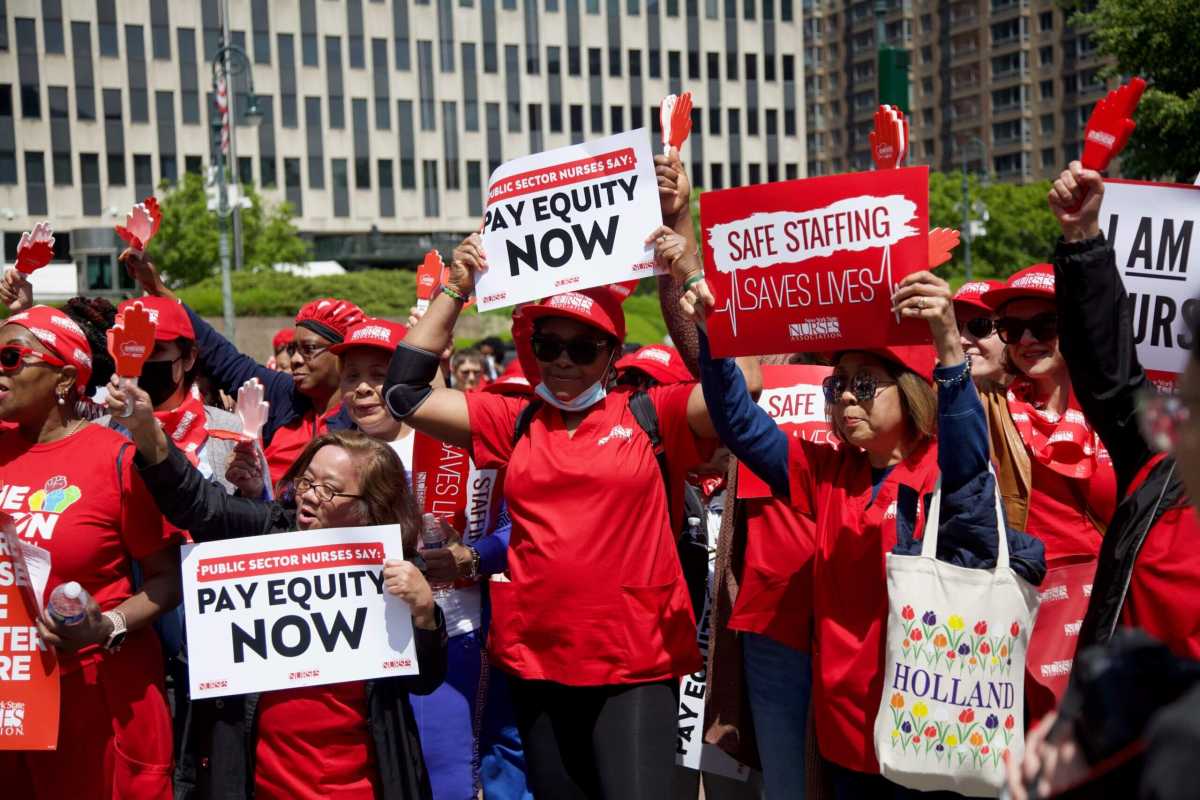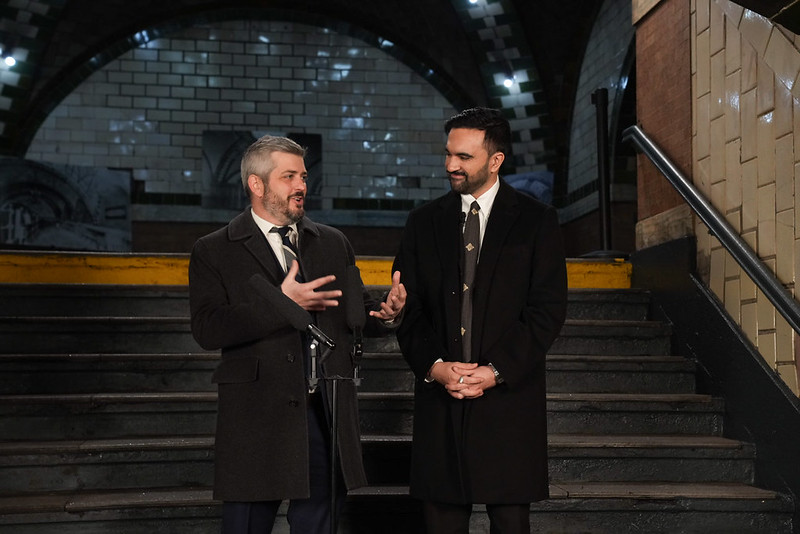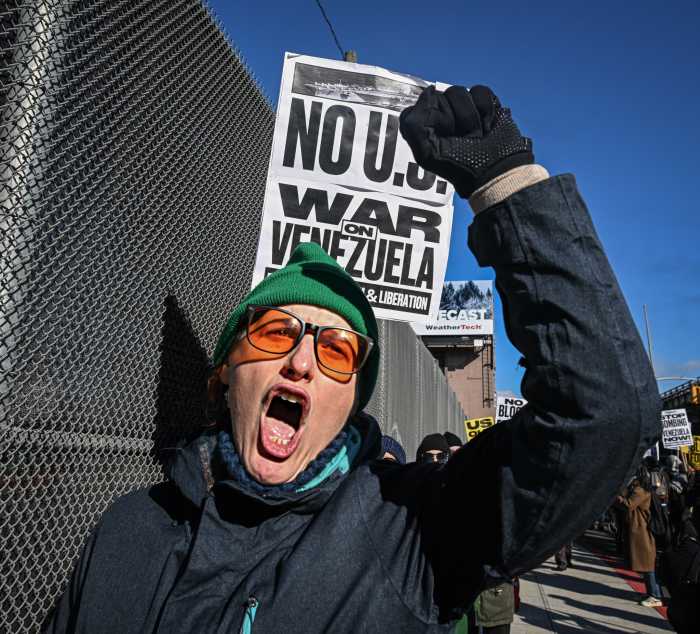Like much of our city’s public infrastructure, our transit system was devastated when the COVID-19 pandemic first hit New York. Riders fled the system in record numbers as the virus spread, ripping a hole in the MTA’s budget and leaving its future in doubt. Faced with a grim fiscal picture, transit officials floated the possibility of mass layoffs and draconian service cutbacks to ensure long-term solvency.
For the first time in its history, the 24 hours a day system that once ensured that New York City never slept, went dark in the early morning hours.
Fortunately, the future of our public transit system is now looking much brighter – thanks in part to a major infusion of cash from the federal government, robust evidence showing a low risk of transmission underground, and the recent announcement that subways would return to 24/7 service starting May 17th. But while ridership is on the rise, it remains stubbornly low — roughly 40 percent of pre-pandemic levels. And while it is understandable that our system has not rebounded totally as New Yorkers have not fully returned to work, the primary reason people are avoiding the system is not what many would expect.
A recent survey conducted by the Metropolitan Transportation Authority (MTA) of more than 33,000 riders found that crime and harassment were the biggest concerns for current and lapsed riders, with 36 percent of respondents who relied on the subway before the pandemic said they “are not using transit because of crime and harassment.”
These concerns are shared by our transit workers, who have experienced an uptick in attacks: In the past six months, more than 1,000 transit workers have been assaulted, according to MTA data. In addition, a recent rise in hate crimes above and below-ground, particularly against Asian New Yorkers, have left many people feeling scared and vulnerable.
This is not about fear-mongering. Our subway system is still, thankfully, a far cry from the bad old days. But the perception that our subways are unsafe is real, and cannot be dismissed out of hand. That’s why we must take proactive steps to address these concerns and encourage New Yorkers to ride our subways again.
We must start by reforming our 311 system to ensure law enforcement or an appropriate professional is deployed to the right location when necessary. Under the City’s current laws, the 311 system cannot refer any call to an agency unless the complaint lists a specific address, which are not assigned to subway stations. That needs to change immediately.
Next, we must recognize that many of the crimes being committed on the subway are perpetrated by people suffering from severe mental health issues — such as Rigoberto Lopez, who committed a series of subway stabbings in the course of one night earlier this year. That’s why we should strengthen the use of Kendra’s Law, initially passed after a horrific murder of Kendra Webdale in the subway, which provides for court-ordered assisted outpatient treatment for individuals with serious mental health issues who are deemed a threat to themselves or others.
Making riders feel comfortable using the system will also require coordinating our entire ecosystem of public safety — not just police. That means supporting funding for bystander intervention training through partnerships with organizations like Hollaback! to defuse tense situations with appropriate training.
Ultimately, the course of our city’s recovery from the COVID-19 pandemic will be determined by how quickly our transit system bounces back, and with more riders and more “eyes on the street” we can expect public safety to improve as well. There have been promising signs in the past few months — but bringing riders back remains of paramount importance.
As someone who began his career as part of the Transit Police, I know how critical perceptions of safety are to the health of our subway system. I am committed to ensuring all New Yorkers feel safe underground.
Eric Adams is borough president of Brooklyn. He served 22 years in the New York City Police Department (NYPD), retiring at the rank of captain, as well as represented District 20 in the New York State Senate. He is also currently running for mayor.


